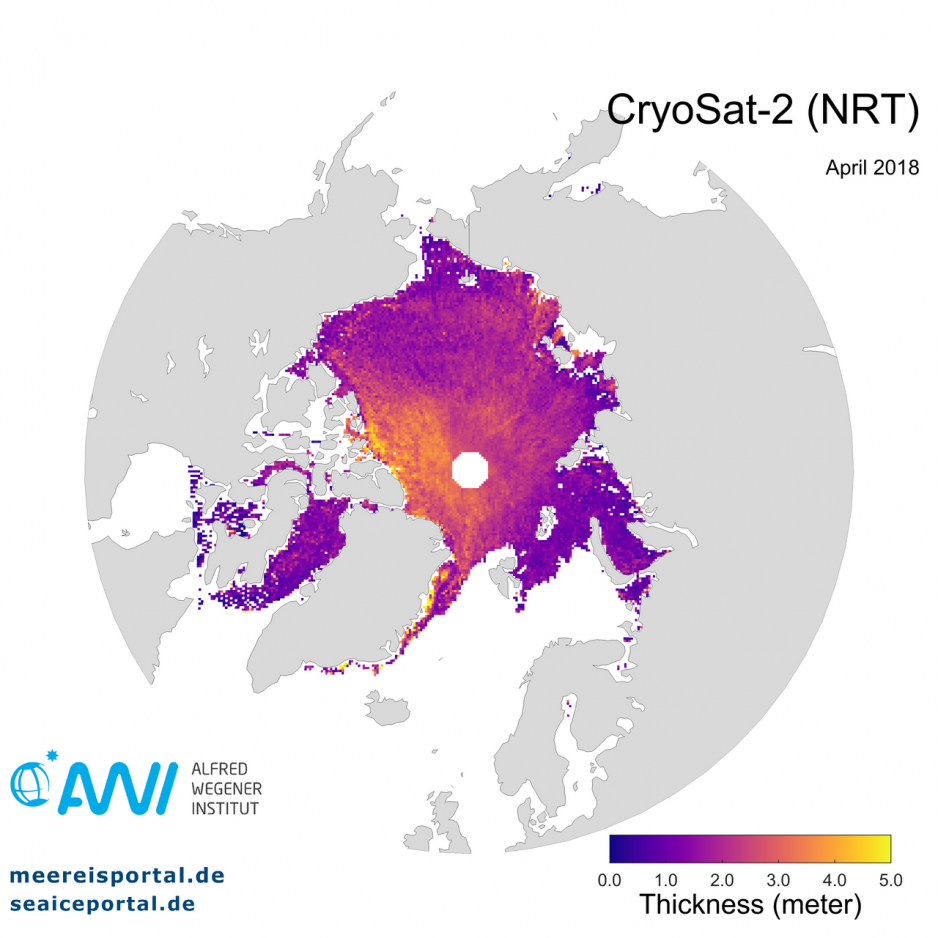Icebreaker encounters most difficult ice conditions in 15 years

A Swedish icebreaker on the way to the North Pole has encountered heavy ice conditions and had to stop just before the North Pole.
The Swedish icebreaker Oden embarked to the North Pole from Svalbard last week but encountered difficult ice conditions not seen in one and a half decades.
The captain of the Oden icebreaker described the ice conditions as the most difficult in the past fifteen years.
The pack ice the ship encountered north of 80° was very dense, piled together through a months-long northward ice drift in the Central Arctic Ocean, meereisportal.de reports.
Overall, however, the Arctic’s summer sea ice extent is again very small; the Oden hit the ice edge only at 82°N.
Destination in jeopardy
The dense ice pack left hardly any patches of open water for the ship to navigate between the massive ice floes. The crew and researchers were thus faced with the situation that the North Pole could possibly not be reached.
However, about 200 km before the Pole the situation improved with the Oden encountering younger, thinner ice and tracks of open ice left by a Russian icebreaker plowing the area a few days before.
Massive ice floe blocks North Pole
About four miles away from the North Pole, the Oden eventually had to stop its journey since a massive ice flow on the top of the Pole prevented the onward journey, meereisportal.de reports.
However, the researchers managed to find a suitable ice floe for their studies, which they will conduct in the High Arctic for the next few weeks.
Oden as drifting research station
While the researchers and crew on board carefully observed the ice conditions on their trip, the actual purpose of the Swedish an American-led expedition is to use the icebreaker as a drift station close to the North Pole.
For a whole month the research teams from many different countries will collect data about the polar atmosphere. The location is ideal in order to keep disturbances away from the delicate measurement tools for clouds and aerosols.
A team from the Alfred Wegener Institute will also investigate the characteristics of the sea ice and upper layers of the ocean deploying prototypes of new technical instruments on the ice.

